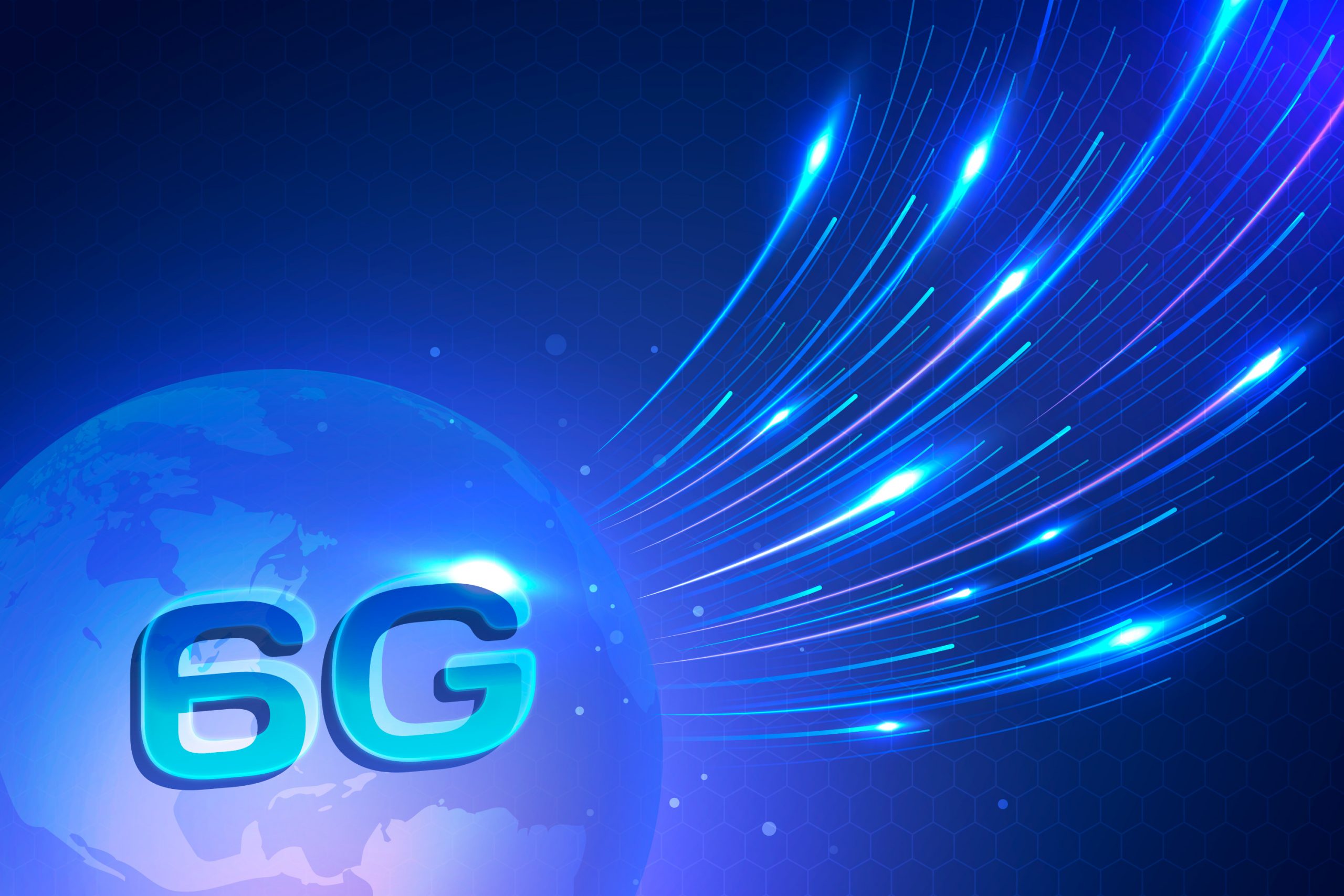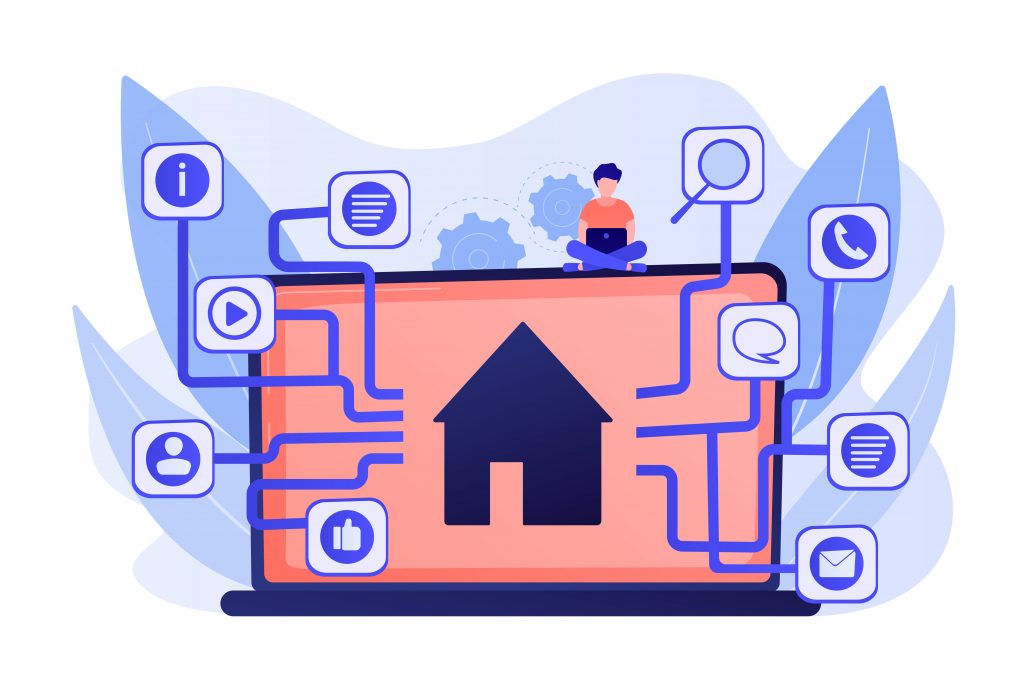Now Reading: From 5G to 6G: What You Need to Know About Mobile Network Evolution
-
01
From 5G to 6G: What You Need to Know About Mobile Network Evolution
From 5G to 6G: What You Need to Know About Mobile Network Evolution

In the fast-paced world of technology, mobile networks have become the backbone of our daily lives. From streaming videos to smart homes and autonomous vehicles, we rely heavily on fast, reliable connectivity. Over the past decade, we’ve seen a massive jump from 3G to 4G, then to 5G, bringing unprecedented speeds and capabilities. Now, as we look ahead, discussions about 6G are starting to heat up. But what exactly do these upgrades mean, and what’s on the horizon? Let’s break it down.
Understanding the Shift: How 5G Changed the Game and What’s Next with 6G
How 5G Transformed Connectivity
When 5G first rolled out, it was a game-changer. It didn’t just mean faster internet speeds; it opened doors to active innovation and new possibilities. Here’s a quick recap of the major impacts of 5G:
- Speeds and Capacity: Download speeds leap from around 100 Mbps on 4G to over 1-10 Gbps on 5G. That means ultra-fast downloads, smooth streaming, and negligible latency.
- Lower Latency: Latency — the delay before data transfer begins — reduces from around 50ms in 4G to as low as 1ms in 5G. This is crucial for real-time applications, like gaming, remote surgeries, or autonomous driving.
- Connectivity Boom: 5G supports a massive number of devices per square kilometer, making the Internet of Things (IoT) more feasible. Smart cities, connected cars, wearables — everything can now communicate more efficiently.
The Limitations of 5G
While 5G is a huge step forward, it’s not the final destination. The technology still faces challenges:
- Coverage Gaps: Especially in rural or less developed areas, 5G is slow to reach.
- Energy Consumption: The infrastructure can be energy-intensive, raising sustainability questions.
- Cost of Deployment: Building a dense network of small cells and antennas is expensive and time-consuming.
What’s Next? Enter 6G
While 5G is still being rolled out worldwide, researchers and industry players are already envisioning the future — 6G. It’s expected to push the boundaries even further, enabling tech that seems like science fiction today. From new wireless paradigms to enormous data capacities, 6G promises to be revolutionary.
What to Expect in the Future: The Exciting World of 6G Technology
Speed and Capacity
If 5G was about making data faster and more plentiful, 6G aims to be mind-blowingly faster. Predictions suggest speeds could reach up to 1 terabit per second — thousands of times faster than 5G. This means instant data transfer, seamless augmented reality, and ultra-high-definition telepresence without lag.
Latency and Real-Time Experiences
Even with 5G, we’re nearing the limits of how instant communication feels. 6G could bring latency down to virtually zero, making real-time interactions so natural they’ll feel like physical presence. Think holographic communications and immersive virtual worlds.
New Technologies and Applications
- Holographic Displays and Virtual Teleportation: Imagine attending a concert or meeting holographically with friends or colleagues, feeling like they’re physically present.
- Integrated AI and Machine Learning: 6G networks could seamlessly embed AI, enabling smarter services that adapt in real time.
- Enhanced IoT: With higher bandwidth and even lower latency, everything from your fridge to your factory machines will communicate effortlessly, enabling fully autonomous systems.
Sustainability and Power
One challenge is ensuring that next-gen networks are energy-efficient. Researchers are exploring solar-powered cell stations and green wireless protocols to minimize environmental impact.
Security and Privacy
As networks become more pervasive and complex, safeguarding data and ensuring user privacy will be more critical than ever. Innovations in encryption and decentralized security models will be vital.
Wrapping Up
The journey from 5G to 6G is shaping up to be one of the most exciting technological evolutions of our time. While 5G already opened up new horizons — transforming how we interact with the digital world — 6G promises to take it to the next level, offering speeds, reliability, and capabilities that sound like sci-fi.
Whether it’s enabling hyper-realistic virtual worlds, smarter cities, or new frontiers in communication and AI, the future of mobile networks looks bright and boundless. So, stay tuned — the next wave of connectivity innovation is just around the corner!
























